Reverse glass painting is a difficult artistic technique executed directly onto a sheet of glass. The glass supports the paint much like a canvas. Thus, the glass serves as both a support and a protective varnish. It is a "cold" painting technique, meaning the process does not require firing in a kiln. The pigment is bonded to the glass with an oily vehicle, most often varnish-based. Reverse glass painting has been known in the West since antiquity.
Considered a "learned art," it was during the Renaissance that this art form reached its zenith, with highly elaborate compositions, harmonious colors, and breathtaking virtuosity of technique. Previously reserved for an elite group of artists, reverse glass painting became widespread and a popular art form in Europe during the second half of the 18th century. century.
Height: 42 cm. Width: 31 cm.
18th century
England














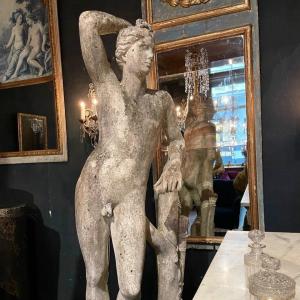

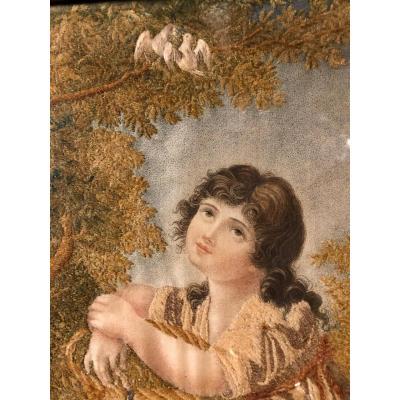



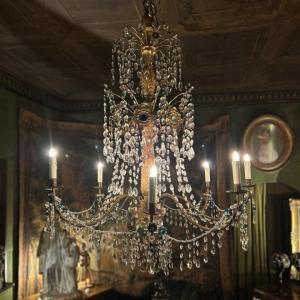


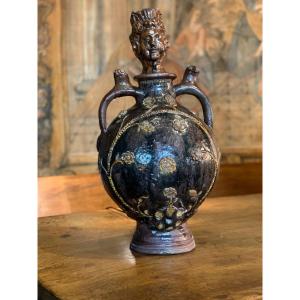


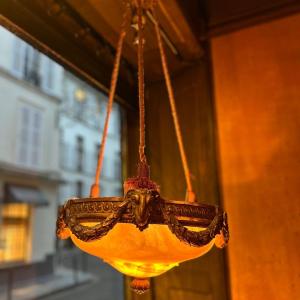
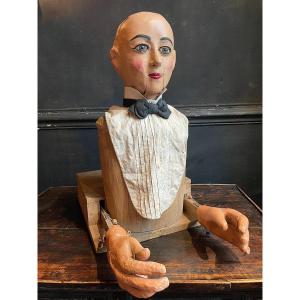
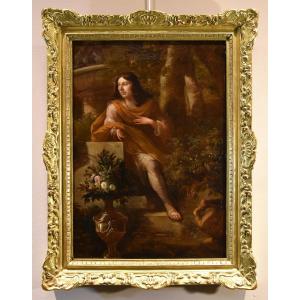

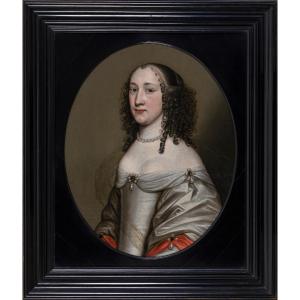

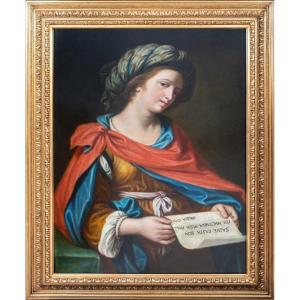



 Le Magazine de PROANTIC
Le Magazine de PROANTIC TRÉSORS Magazine
TRÉSORS Magazine Rivista Artiquariato
Rivista Artiquariato